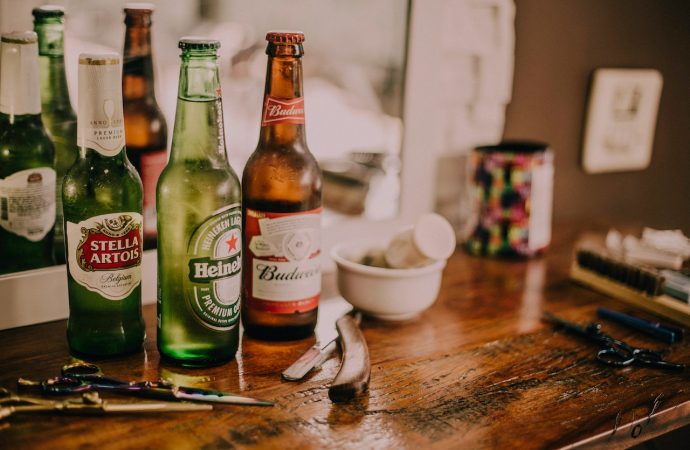Introduction: For many years, Bud Light has held an unassailable position as the best-selling beer, commanding a substantial share of the market. Its widespread popularity, strategic marketing campaigns, and wide distribution network propelled it to the top, making it a household name synonymous with American beer culture. Bud Light: A Dominant Force in the Beer
Introduction:
For many years, Bud Light has held an unassailable position as the best-selling beer, commanding a substantial share of the market. Its widespread popularity, strategic marketing campaigns, and wide distribution network propelled it to the top, making it a household name synonymous with American beer culture.
Bud Light: A Dominant Force in the Beer Industry:
Bud Light’s dominance in the beer industry can be attributed to various factors. The brand’s consistent quality, refreshing taste, and extensive marketing efforts resonated with consumers, solidifying its position as a go-to choice for beer enthusiasts. Bud Light’s market leadership was reinforced by its strong brand recognition and a well-established presence in bars, restaurants, and retail establishments nationwide.
The Boycott Conflict: Catalyst for Change:
The turning point for Bud Light came with the emergence of a boycott conflict that cast a shadow over the brand. Various factors, such as controversial actions, conflicting values, or perceived missteps, triggered a strong backlash from consumers. Social media activism, organized boycotts, and public pressure led to a significant erosion in Bud Light’s market share and ultimately resulted in its loss of the top-selling position.
Changing Consumer Preferences and Beer Market Dynamics:
Bud Light’s decline reflects a broader shift in consumer preferences and beer market dynamics. Today’s consumers are increasingly conscious of social and ethical considerations when making purchasing decisions. They seek out brands that align with their values, support sustainable practices, and exhibit responsible corporate behavior. This shift has created an opportunity for smaller, craft breweries and niche brands to gain traction by catering to these evolving consumer demands.
The Rise of Competitors: A New Era in Beer Sales:
As Bud Light relinquishes its throne, competitors have seized the moment to challenge the status quo. Craft breweries, regional beer producers, and innovative newcomers have emerged as formidable contenders, offering unique flavors, artisanal craftsmanship, and a localized appeal. These challengers have disrupted the market, reshaping consumer preferences and diverting market share from traditional industry giants.
Industry Implications and Future Outlook:
The dethronement of Bud Light carries significant implications for the beer industry as a whole. It underscores the growing power of consumer activism and the need for brands to navigate complex social and political landscapes. In this evolving market, companies must proactively address consumer concerns, align with values, and build trust to maintain relevance and sustain success.
Conclusion:
Bud Light’s fall from its position as the top-selling beer represents a seismic shift in the beer industry landscape. The interplay between consumer activism, changing preferences, and the rise of innovative competitors has transformed the market dynamics. As the industry adapts to these changes, brands must embrace transparency, corporate responsibility, and consumer-centric approaches to secure their position and appeal to the evolving tastes of beer enthusiasts.

















Leave a Comment
Your email address will not be published. Required fields are marked with *